Tel: 01474 876800 • Client Portal
- Who We Are
- What We Do
- Build
- Carpentry
- Building Works
- Commercial Flooring
- Commercial Glazing
- Commercial Locksmith
- Commercial Painting & Decorating
- Commercial Plastering
- Commercial Plumbing
- Commercial Refurbishment
- Commercial Roofing
- Design & Construction
- Electrical Installation
- Hard & Soft Landscaping
- Mechanical & Electrical
- Office Builders
- Office Fit Outs
- Office Heating
- Office Partitioning
- Office Relocation
- Site Management
- Maintain
- 24 Hour Helpdesk
- Access Control
- Air Conditioner Repair
- Air Conditioning Servicing
- Commercial Boiler Servicing
- Commercial Electricians
- Commercial Ground Maintenance
- Commercial Pest Control
- Commercial Property Maintenance
- Drain Unblocking
- Emergency Callouts
- Emergency Light Testing
- Facilities Management
- Fire Alarm Testing
- Fire Extinguisher Testing
- Fire Sprinkler Testing
- Fixed Wire Testing
- Handyman Service
- Lift Servicing
- Office Health & Safety
- PAT Testing
- Planned Preventative Maintenance
- Reactive Maintenance
- Roof Maintenance
- TMV Maintenance
- Water Hygiene
- Clean
- Build
- How We Do It
- Why Use Us
- Contact
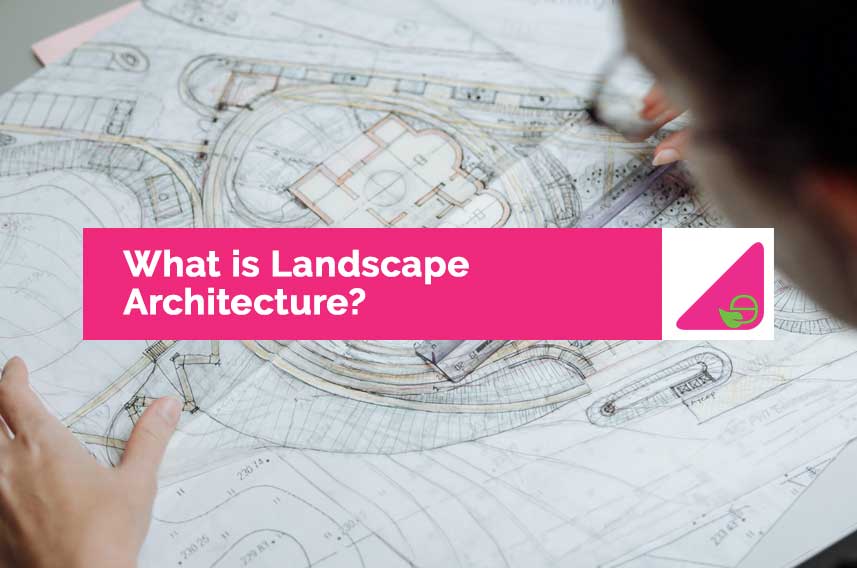
What is Landscape Architecture?
Landscaping is part of horticulture and it comprises the planning and design, followed by the installation and ongoing commercial ground maintenance of a landscape.
Various elements will need to be taken into account to make the best use of the space available and also utilise the most suitable materials.
In a commercial setting, landscape architecture will need to reflect the particular business’s personality as well as manage to make economic sense whilst being aesthetically pleasing.
Table of Contents
What is Landscape Architecture?
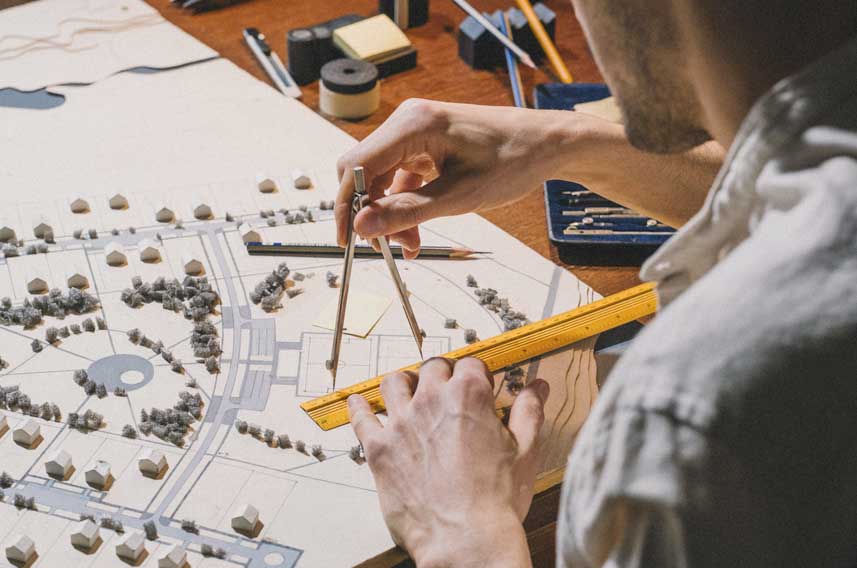
Landscape architecture is defined as the practice of designing environments, while incorporating artistic and architectural elements together.
It also takes into consideration engineering and environmental aspects.
This leads to designing both internal and external environments.
Sometimes landscape architecture is thought to be simply about gardening and maintaining outdoor spaces in good condition, but in truth it goes well beyond that.
The design of landscapes is actually a discipline which has the main goal of allowing the particular spaces to flourish and achieve their full potential in beauty and function.
There are so many different outdoor spaces in and around commercial properties that fall in this category, from shopping malls, to squares and plazas.
Campuses, playgrounds, parks, gardens, streets and shared paths are also outdoor spaces that can be improved through landscape architecture.
The main aim of landscape architecture is to design healthy environments where the community can benefit.
What Landscape Architects Do
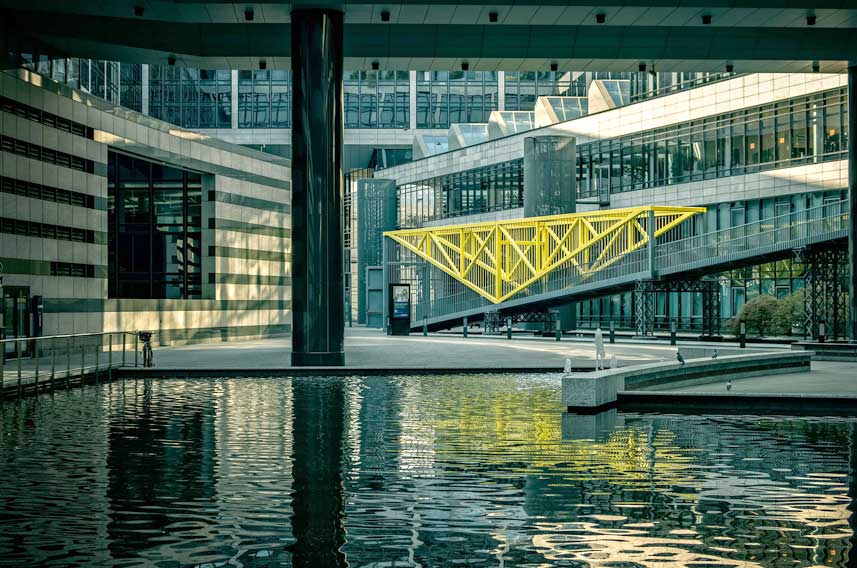
Landscape architects are the designers of environments which includes both natural areas as well as urban spaces.
Landscape architects consider carefully the social and natural aspects to come up with designs that cater for the people and community, as well as for any plants and animals.
The ultimate goal is to protect both the human as well as the environmental wellbeing.
Landscapes are places and areas where people can benefit from a recreational and enjoyment point of view.
But in order to achieve this, there are several things that need to be taken into account when designing and planning.
Landscape architects need to take various things into consideration.
The space available, the climate conditions, and the availability of water are key aspects to take into account when planning landscapes.
Vertical spaces also need to be considered such as to grow shrubs and trees, hanging planters or living walls.
This is even more important for small spaces, where raised planters, pedestals and container gardens could be possibilities to make better use of the limited space.
Certain hardscape features could also be used more wisely in such cases.
For instance, a low retaining wall could have a double purpose, as it could be used for extra seating as well as hold planters.
In the case of commercial landscapes it is very important to use materials that can tolerate foot traffic.
The plants and trees to be planted need to be chosen carefully.
Irrigation is a critical element, and one will need to consider the cost associated with this as it is ongoing.
If the area is not able to make the most of natural sources of water due to periods where there is not much rainfall, it may be best to opt for drought-tolerant plants for example.
These are just some of the things landscape designers will need to factor in while designing and planning a landscape.
Soft Landscaping
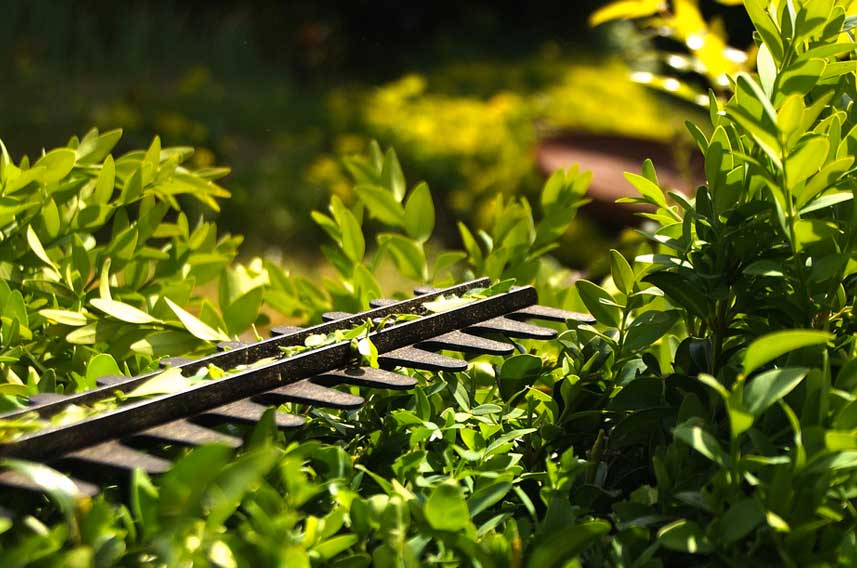
Soft landscaping refers to the decorative additions that are incorporated in an outdoor space.
Soft landscaping complements hard landscaping, and it is of utmost importance to make sure that both are planned in a way that can allow them to make that particular area reach its full potential in terms of aesthetics and functionality.
Soft landscaping encompasses elements that generally fall under the category of greenery.
Thus we can mention trees, shrubs, hedges, turf, plants and flowers.
Soil and mulch also fall under this category as they are indispensable for soft landscaping.
Soft landscaping elements soften the landscape and add character and structure to an area.
Softscape features are the living and growing elements of the landscape.
Trees, shrubs and plants are constantly evolving and changing as they grow and adapt to the prevailing conditions.
The term soft also points to the fact that they are soft to the touch in a literal sense too.
Leaves and flowers are soft, while a brick wall or concrete pavement are hard elements.
Hard Landscaping
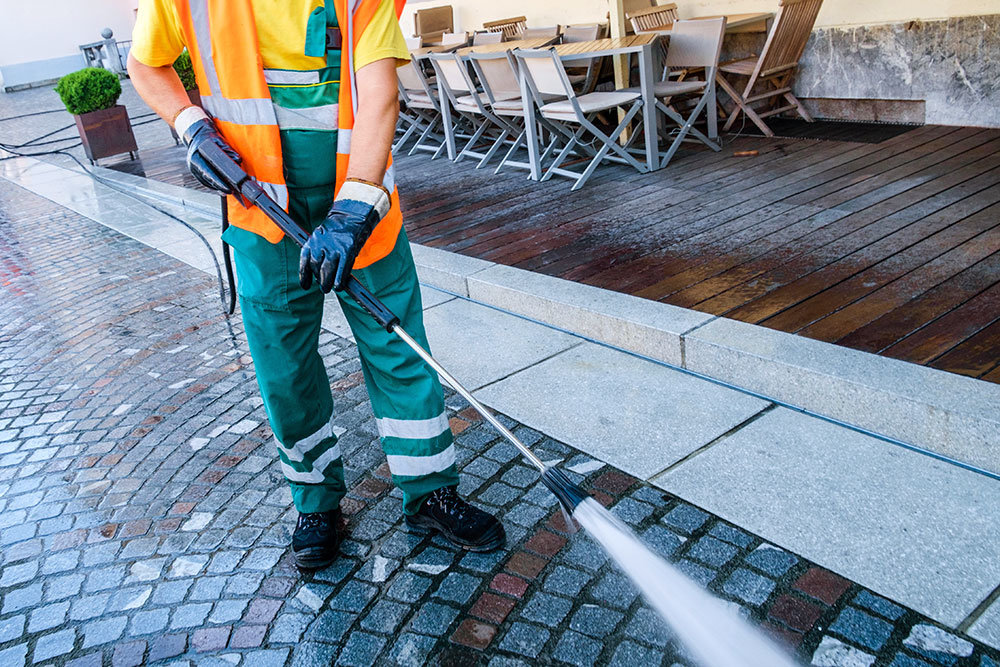
Hard landscaping refers to the more durable elements and components of a landscape.
This includes the rock, stone and masonry.
Such hardscape materials are essential and they actually need to be the primary considerations when designing and planning landscapes.
Hard landscaping provides you with something to build on, and they can be described as the foundation of such a project.
The materials used are indispensable in creating a sense of space, and they also need to be used to tackle critical aspects such as water and drainage.
Hardscaping is important in reducing potential erosion, keeping the ground intact and preventing water from soaking into the soil.
Hardscape elements are solid, inanimate objects.
Some examples include the retaining walls, gravel, pavers for pathways, decks, driveways, and other manmade outdoor structures.
In a commercial setting, hardscape elements also comprise any pathways, benches, tables and planters used in the outdoor setting where staff or clients can lounge or pass through.
Conclusion
Good landscape design is of the essence for functional and pleasant spaces.
Both soft and hard landscaping elements are vital in creating landscapes and it is crucial to strike just the right balance between them.
A beautiful working environment will help to motivate workers and increase their output.
On the other side of the coin, an aesthetically pleasing space will reflect positively on the business’s clients and create a pleasant atmosphere for all.
However it will also need to make economic sense, and take into account functional aspects such as allowing the flow of traffic, highlight entrance and exit points, conserve water and energy, and ultimately accentuate the architecture of the property.
If you need a professional outfit to take care of your hard or soft landscape maintenance, speak to ecms first for a consultation and quote.
Request a Callback
Recent Posts
- 10 Common Saniflo Toilet Troubleshooting Solutions 01th Jul 2025
- Importance of Personal Hygiene at Work 01th Jun 2025
- How to Clean a Toilet Brush 01th May 2025
- How to Clean Painted Walls 01th Apr 2025
- How to Get Oil Stains Out of Carpet 01th Mar 2025
- How to Clean a Fridge and Remove Bad Smells 01th Feb 2025
- How to Get Coffee Stains Out of a Carpet 01th Jan 2025
- How to Clean Gutters Correctly 01th Dec 2024
- What is PAT Testing? 01th Nov 2024
- How to Clean an Oven 01th Oct 2024

